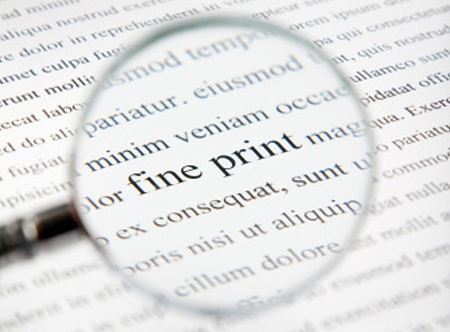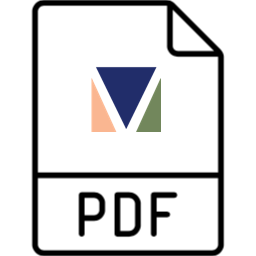When it comes to investing your hard-earned money, you want to ensure that you’re getting the most value for your dollar. However, many investors unknowingly pay double fees which can significantly impact their returns over time. Spotting these financial advisor hidden fees can be difficult. In this article, we’ll explore the types of hidden fees, how to identify them, and how to avoid paying more than you should.
Understanding Explicit and Implicit Fees
Explicit fees are clearly stated and agreed upon in writing, such as the fees you pay your financial advisor for their services. Advisors typically charge these fees as a percentage of your assets under management (AUM) or a flat fee.
On the other hand, implicit fees are not so easy to identify and are often hidden within the investments themselves. Expense ratios, sales loads, and other charges that are deducted directly from your investment returns can be financial advisor hidden costs.

Types of Hidden Fees
Hidden fees can come in many forms, and it’s essential to be aware of them when investing. Some common types of financial advisor hidden fees include:
- Expense Ratios: These are annual fees mutual funds and exchange-traded funds (ETFs) charge to cover operating expenses. They are a percentage of your total investment and can range from 0.1% to 2% or more.
- Sales Loads: Certain mutual funds charged a commission when you buy or sell. Front-end loads are charged when you purchase shares, while back-end loads are charged when you sell shares before a specified period.
- 12b-1 Fees: These are annual marketing and distribution fees charged by some mutual funds. The fund’s expense ratio includes them and they may be as high as 1% of your investment.
- Surrender Charges: These fees are commonly associated with annuities. They are charged if you withdraw money from the account within a specified period (typically 5 to 10 years.)
- Wrap Fees: These are charges for investment accounts that combine brokerage, advisory, and management services. They are often a percentage of your assets under management and can be in addition to underlying fund fees.
How to Identify and Avoid Double Fees
To avoid paying more than you should, it’s essential to work with a financial advisor who prioritizes transparency and helps you understand the true cost of your investments. Here are some tips:
- Ask your advisor to clearly explain their fee structure and about their compensation. (Note: we clearly describe our fees in our ADV-2A brochure)
- Request a detailed breakdown of all the fees associated with your investments, including both implicit fees.
- Consider working with a Registered Investment Adviser (RIA) firm that operates under a fiduciary standard, which legally obligates them to act in your best interests.
- Regularly review your investment statements and ask questions about any fees you don’t understand.
Conclusion
Ultimately, paying double fees (and other excessive financial advisor hidden fees) significantly erodes your investment returns over time. It’s crucial to understand the true cost of your investments. By working with a transparent financial advisor and understanding the full stack of fees, you can make better investing decisions and keep more of your hard-earned money working for you.
Take action today
At Magnifina, we believe in providing our clients with the clarity and transparency they deserve. We appreciate the value of investing in individual stocks which avoids many implicit fees. Contact us today to learn more about how we can help you achieve your financial goals while minimizing double fees.
- Schedule a complimentary fee analysis with our RIA firm to uncover any hidden fees in your current investment portfolio.
- Subscribe to our newsletter for more tips on financial transparency, smart investing, and achieving your long-term financial goals.
- Share this article with friends and family to help them understand how to avoid double fees and why they should work with a trustworthy advisor.





